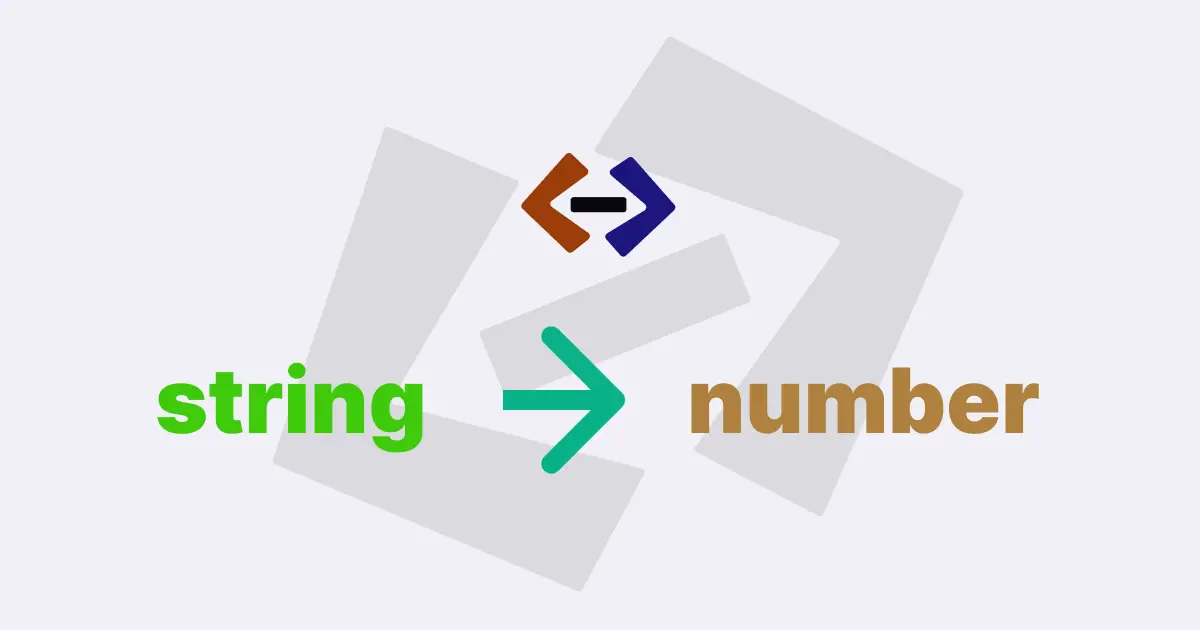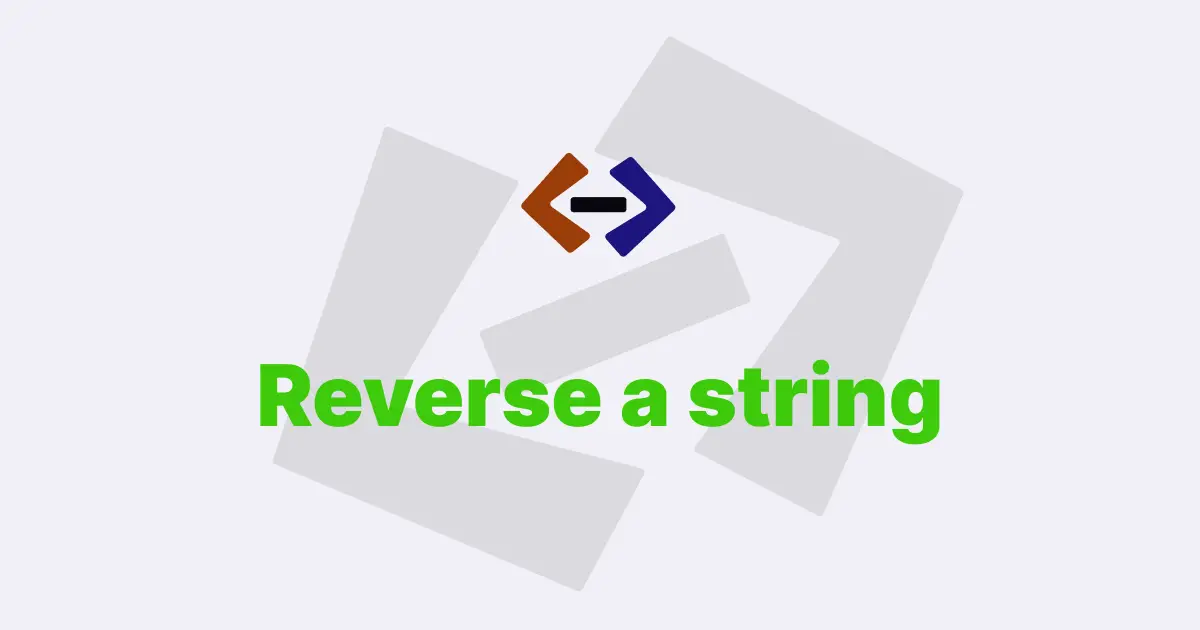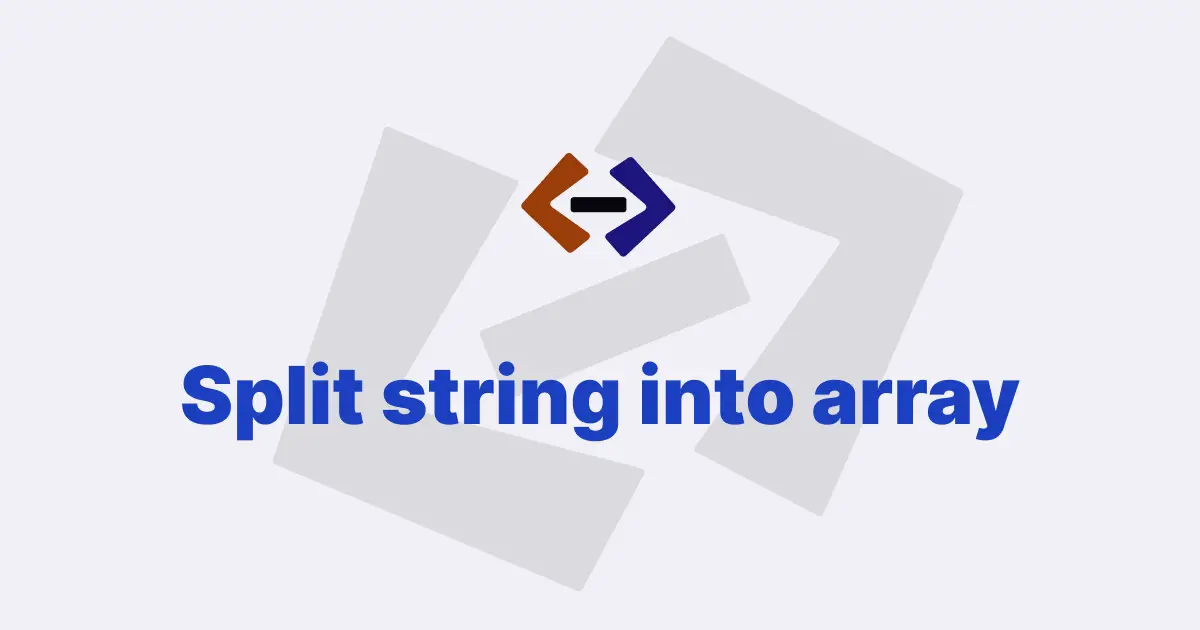Concatenating strings is a common operation in JavaScript, and it refers to the process of joining two or more strings together into a single string. In JavaScript, there are several ways to concatenate strings, each with its own advantages and disadvantages.
In this article, we will explore some of the most common methods for concatenating strings in JavaScript, with code snippets to illustrate each approach.
Method 1: Using the '+' Operator:
The most common way to concatenate strings in JavaScript is to use the '+' operator. This operator is used for both arithmetic addition and string concatenation, depending on the types of the operands.
When one or both of the operands are strings, the '+' operator performs string concatenation, as shown in the following example:
const str1 = "Hello";
const str2 = "world";
const str3 = str1 + " " + str2;
console.log(str3); // "Hello world"In this example, we define two string variables, str1 and str2, and then concatenate them using the '+' operator to create a new string variable, str3. The resulting string is "Hello world", which we then log to the console.
Note that we also include a space character between the two strings, using a string literal (" ") as the second operand of the '+' operator. This is necessary to ensure that the two words are separated by a space in the resulting string.
Method 2: Using the concat() Method:
In addition to the '+' operator, JavaScript also provides a built-in method for concatenating strings called concat(). This method is available on all string objects and can be used to concatenate two or more strings into a single string, as shown in the following example:
const str1 = "Hello";
const str2 = "world";
const str3 = str1.concat(" ", str2);
console.log(str3); // "Hello world"In this example, we define two string variables, str1 and str2, and then concatenate them using the concat() method. The concat() method takes one or more string arguments and returns a new string that is the result of concatenating all of the arguments together in order. In this case, we pass a single argument, a string containing a space character, to separate the two words in the resulting string.
Note that the concat() method does not modify the original string objects. Instead, it returns a new string that is the result of concatenating the original strings.
Method 3: Using Template Literals:
A relatively new feature in JavaScript is template literals, which provide a convenient way to concatenate strings and other values into a single string.
Template literals are denoted by backticks (`) instead of single or double quotes, and allow you to embed variables and expressions directly into a string using $ placeholders, as shown in the following example:
const str1 = "Hello";
const str2 = "world";
const str3 = `${str1} ${str2}`;
console.log(str3); // "Hello world"In this example, we define two string variables, str1 and str2, and then concatenate them using a template literal. We use the ${} syntax to embed the values of the two string variables directly into the string, separated by a space character. The resulting string is "Hello world", which we then log to the console.
Template literals can also be used to embed expressions and other types of values into a string, making them a powerful tool for string concatenation and formatting.
Method 4: Using the join() Method:
If you have an array of strings that you need to concatenate into a single string, you can use the join() method to do so. The join() method is available on all array objects and takes a single optional argument, a string to use as a separator between the elements of the array.
When called without any arguments, the join() method concatenates the elements of the array with a comma separator, as shown in the following example:
const arr = ["Hello", "world"];
const str = arr.join();
console.log(str); // "Hello,world"In this example, we define an array of two string elements, arr, and then concatenate them into a single string using the join() method. The resulting string is "Hello,world", which we then log to the console.
To include a different separator character, such as a space or a hyphen, you can pass a string argument to the join() method, as shown in the following example:
const arr = ["Hello", "world"];
const str = arr.join(" ");
console.log(str); // "Hello world"In this example, we pass a single argument, a string containing a space character, to the join() method. This tells the join() method to use a space character as the separator between the elements of the array. The resulting string is "Hello world", which we then log to the console.
Method 5: Using the += Operator:
Finally, it’s worth noting that you can also concatenate strings using the += operator. This operator combines the assignment operator (=) with the + operator, allowing you to append a string to an existing string variable, as shown in the following example:
let str = "Hello";
str += " world";
console.log(str); // "Hello world"In this example, we define a string variable, str, and then append the string " world" to it using the += operator. The resulting string is "Hello world", which we then log to the console.
Note that using the += operator to concatenate strings can be less efficient than other methods, especially if you need to concatenate multiple strings in a loop. This is because each use of the += operator creates a new string object, which can be slow and memory-intensive.
Thank you for reading, and let’s have conversation with each other
Thank you for reading my article. Let’s have conversation on Twitter and LinkedIn by connecting.





